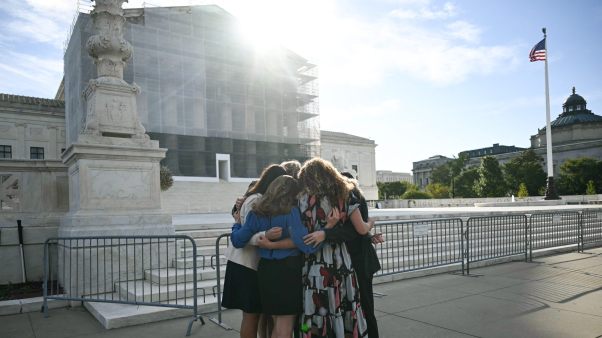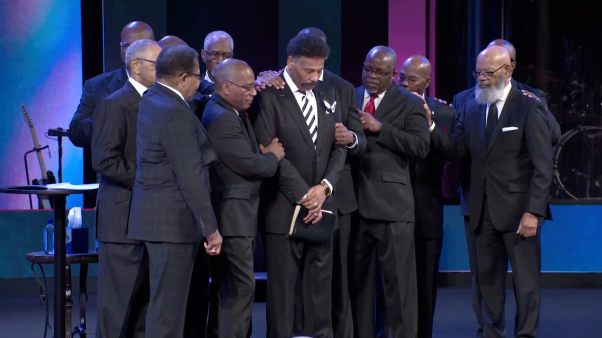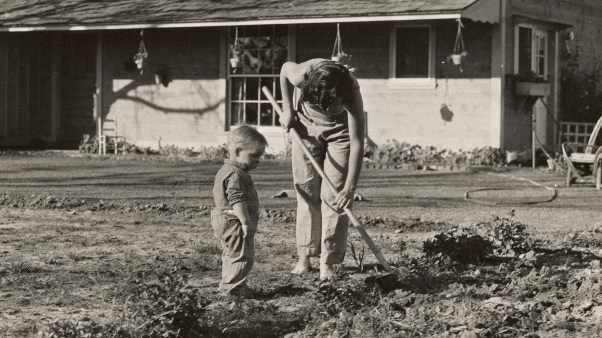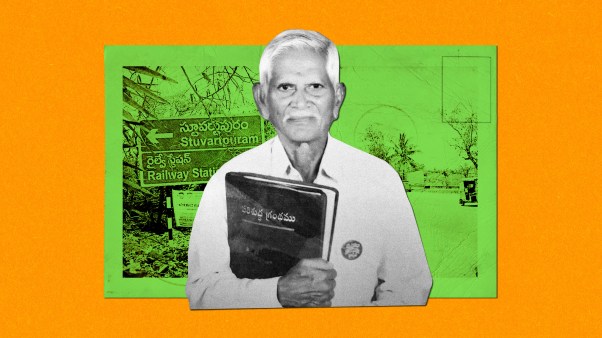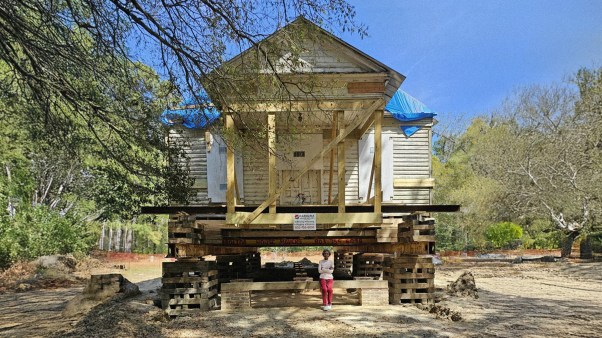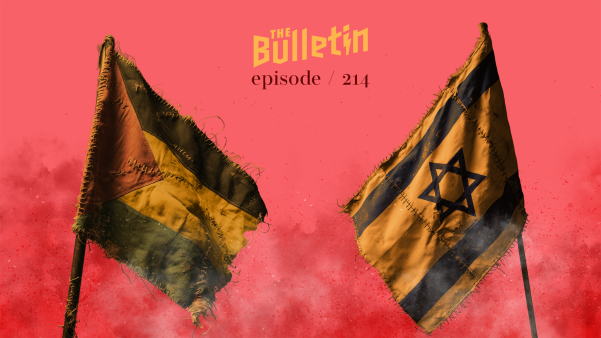Patron Saint Nearly Benched
Nothing stirs up English nationalism like football (in the English sense of the word). So the timing of progressive Church of England clerics couldn't have been worse when they proposed removing St. George from his role as England's patron saint just in time for World Cup fever.
Popular reaction was immensely negative—so the idea has gone nowhere. But they did have their reasons:
St. George first became popular with Brits during the Crusades when Christian armies captured Antioch from Muslim control in 1098. During the battle of Antioch, reports the Daily Mail, it was said that an apparition of George appeared to the Crusader army. The legend about his slaying a dragon cannot be traced any earlier than the late 1100s.
George was a Roman general and a martyr, possibly under Diocletian. But that is about all we know for sure.
His association with the Crusades and his military imagery would be off-putting to contemporary people and particularly to Great Britain's many Muslims.
Who was proposed to take George's place as patron saint?
St. Alban, the first English martyr. He was put to death about 305, also during Diocletian's reign. Alban was converted and baptized by a fugitive priest. When soldiers came looking for the priest, Alban disguised himself in the priest's cloak. Alban was killed, but he failed to save the priest, who was stoned to death a few days later.
Mission accomplished
The history of early California is intimately bound up with church history. The 21 Catholic missions (beginning with Mission San Diego de Alacalá in 1769) were cultural, economic, and transportation hubs that also transformed the lives of the native population.
But until now, scholars who wanted to study the religious history of early California have been stymied by the difficulty of working with key primary sources: the meticulously kept sacramental registers of California's Spanish missions. The original handwritten records of 101,000 baptisms, 28,000 marriages, and 71,000 burials are fragile, and many scholars could only access them through blurry microfilms that have also deteriorated.
Now, after eight years of deciphering 18th-century handwriting and an enormous effort at data entry, the Huntington Library in San Marino, California, has launched a comprehensive database that integrates the existing records from all 21 missions. This represents the key moments in the lives of 110,000 early California residents—many of them Native Americans who settled near the missions and were Christianized by the padres.
Oregon State University historian Steve Hackel, the project's general editor, hopes that with the advent of the comprehensive new database, historians will produce many more studies that will help balance our reading of early American history. The Early California Population Project can be found at http://www.huntington.org/Information/ECPPmain.htm.
All's well that ends well
A monastery built around the site of Jacob's well, where Jesus met the Samaritan woman, will finally open its doors after 100 years of struggle. On the volatile West Bank of Palestine, in Nablus, stands the almost-completed Greek Orthodox monastery that has contended with Bolsheviks, Zionist extremists, and Israeli and Palestinian governments.
Its story goes back to the early centuries of Christianity. From at least the 4th century onward, Jacob's well has been a popular destination for Christian pilgrims. Emperor Constantine was the first to build a church around the well, but by the time Crusaders arrived in the Holy Land in 1099, they found only ruins. So they built a new church, which lasted only until the region fell into the hands of the Muslim warrior Saladin in 1187.
Jacob's well went untouched (except by pilgrims) until the Greek Orthodox Church purchased the land in 1860 with hopes to return the site to Christian use. In 1908 the Russian Orthodox Church helped fund the construction of a new monastery. But the 1917 Bolshevik Revolution halted the Russian church's efforts in midstream.
The monastery remained partially built for 80 years despite repeated attempts to continue. In 1967, the new Israeli government forbade any more work because it didn't want a Christian church on a Jewish holy site. Then in 1979, the priest-caretaker of the unfinished monastery was murdered, purportedly by Zionist extremists. But at long last, after much resistance, the Palestinians who now govern the region granted permission to complete the monastery.
The current head of the monastery, Ioustinos Mamalos, expects construction to finish by early 2007. But, as he told Reuters, "a church is like a house—it's never completely finished."
Give a hand to the Da Vinci fans?
In September, Moscow's Christ the Savior cathedral allowed thousands to view the left palm of Mary Magdalene, a relic on loan from Mount Athos. The crowds were swelled by fans of The Da Vinci Code. Ironically, the novel promotes a version of Mary's story that contradicts the Eastern tradition represented by this relic.
Unfolding devotion
Churches have long been decorated with frescoes and statuary to educate the faithful and focus their devotion. But wealthy individuals have also commissioned artworks on a smaller scale to aid their private devotions.
A new exhibit at the National Gallery of Art in Washington D.C., "Prayers and Portraits: Unfolding the Netherlandish Diptych," examines the beautiful 15th- and 16th-century paintings that were hinged together to be opened and closed like a book.
Although diptychs have a long history of Christian use, they enjoyed a new surge in popularity in the 15th and 16th centuries in conjunction with a movement called Devotio Moderna. Beginning in the Netherlands and sweeping across Europe, Devotio Moderna emphasized inner faith, humility, and self-denial gained by prayer and meditation on Christ and the saints. Its most famous expression is The Imitation of Christ. Many now see the movement, with its emphasis on individual faith, as a forerunner of the Catholic and Protestant reformations.
Copyright © 2006 by the author or Christianity Today/Christian History & Biography magazine. Click here for reprint information on Christian History & Biography.



